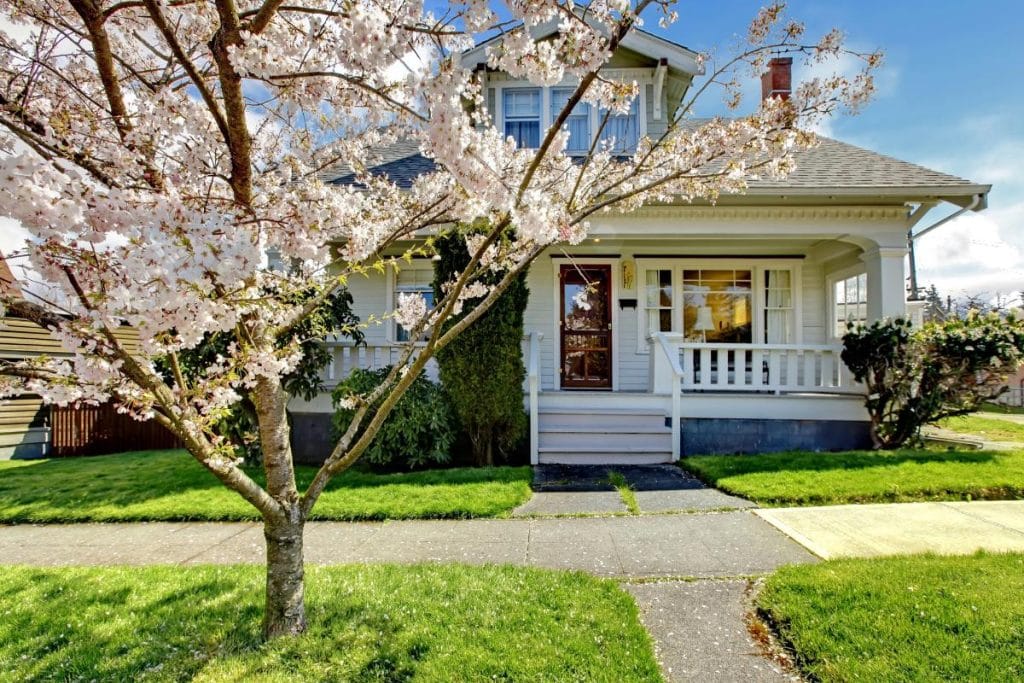No one likes to think about a disaster striking their family home, but being prepared for the unexpected is an important part of homeownership. While we can’t prevent every mishap, we can take steps to protect our homes and minimize potential damage. Let’s explore some practical ways to keep your property safe and ensure you’re ready for whatever challenges may arise.

Protecting Your Home With Insurance
The cornerstone of home protection is comprehensive insurance coverage. Many homeowners view insurance as an unnecessary expense, hoping they’ll never need to file a claim. However, this mindset can lead to devastating financial consequences if disaster does strike. Think of insurance for your home as an essential investment in your family’s security and financial well-being.
When selecting a policy, consider factors beyond just the premium cost. Look at coverage limits, deductibles, and specific protections for events common in your area, such as floods or earthquakes. Remember, standard policies often don’t cover all types of disasters, so it’s worth discussing additional coverage options with your insurance provider.
Protecting Your Home From Floods
Flooding can occur from various unexpected sources, not just natural disasters. A burst pipe, malfunctioning appliance, or even heavy rainfall coupled with poor drainage can lead to water damage in your home. To minimize flood risks, start by understanding your home’s vulnerabilities.
If you live in a flood-prone area, research local flood history and consider installing preventive measures. For all homeowners, regular maintenance is key. Inspect your plumbing system and appliances frequently, and address any issues promptly. Pay attention to your home’s drainage systems, including gutters and downspouts, to ensure water is directed away from your foundation.
Don’t forget about your roof – it’s your home’s first line of defense against the elements. Schedule regular inspections and roof repair to prevent water ingress during storms. Having contact information for reliable plumbers and roofing professionals readily available can save precious time in emergencies.
Protecting Your Home From Mold
Mold is unsightly and can pose serious health risks, particularly for those with respiratory issues or allergies. Prevention is far easier and less costly than remediation, so keep an eye out for it and take action the moment you notice it.
Controlling moisture is the key to preventing mold growth. Use dehumidifiers in damp areas of your home, such as basements or crawl spaces. Ensure proper ventilation, especially in high-humidity areas like bathrooms and kitchens. When showering or cooking, use exhaust fans to remove excess moisture from the air.
Address water leaks promptly, whether they’re from plumbing, roofing, or appliances. Even small, persistent leaks can create ideal conditions for mold growth. When repainting, consider using mold-resistant paint in areas prone to humidity.
Regularly inspect your home for signs of mold, paying close attention to hidden areas like the back of drywall, wallpaper, or under carpets. If you do discover mold, address it immediately. Small areas can often be cleaned with household products, but larger infestations may require professional remediation.
Protect Your Home From Costly Repairs

One of the most effective ways to protect your home is through regular, proactive maintenance. Small issues, when left unaddressed, have a habit of snowballing into major problems that can be extremely costly to repair.
Create a maintenance schedule and stick to it. This should include seasonal tasks like cleaning gutters, checking for leaks, inspecting your roof, and servicing your HVAC system. Don’t forget about less obvious maintenance needs, such as checking your water heater, testing smoke and carbon monoxide detectors, and inspecting your home’s exterior for signs of wear or damage.
When you do notice small issues, address them promptly. A minor leak might seem insignificant, but over time it can lead to water damage, mold growth, and even structural problems. Similarly, small cracks in your foundation or exterior walls should be evaluated and repaired quickly to prevent them from worsening.
Consider setting aside a portion of your monthly budget for home maintenance and repairs. This “emergency fund” can help ensure you’re financially prepared to address issues as they arise, rather than having to delay repairs due to budget constraints.
While we can’t predict when disasters might strike, we can certainly prepare for them. By investing in comprehensive insurance, staying vigilant about potential water damage and mold growth, and maintaining a proactive approach to home maintenance, you can significantly reduce your risk of major home disasters.
